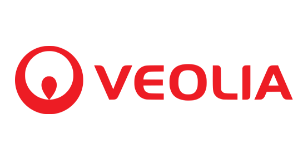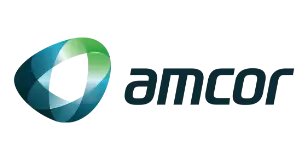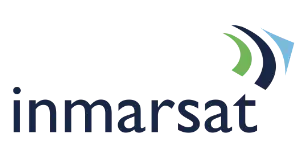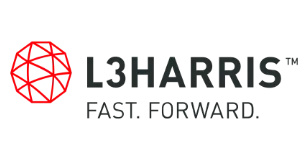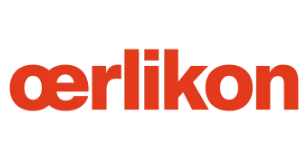
India Baby Food Market Research Report: Forecast (2025-2030)
India Baby Food Market Size - By Product Type (Processed Baby Food, Milk Formula, Dried Baby Food, Other Baby Food), By Distribution Channel (Retail Offline [Grocery Retailers, Non...-Grocery Retailers, Vending, Direct Selling], Retail E-Commerce), By Age Group (3+ years, 1-3 years), By Category (Organic, Inorganic), By Region (North, East, West, South), By Company (Nestlé India Ltd, Nutricia International Pvt Ltd, Abbott India Ltd, Raptakos Brett & Co Ltd, Mead Johnson Nutrition India Pvt Ltd, Scientific Brain Nutraceutical Pvt. Ltd., Saipro Biotech Private Limited, Happa Foods, Early Foods, Gerber, Others [First solid, Heinz, etc.]) Read more
- Food & Beverages
- Mar 2025
- Pages 92
- Report Format: PDF, Excel, PPT
Market Insights & Analysis: India Baby Food Market (2025-30)
The India Baby Food Market size is valued at nearly USD 1.16 Billon in 2024 & is predicted to reach about USD 1.98 Billion by 2030. Along with this, the market is also estimated to grow at a CAGR of around 9.32% during the forecast period, i.e., 2025-30.The primitive factors attributing to the growth of this food in India are increasing urbanization, rising medical complications, and the changing lifestyles of women. This food is referred to as soft & easy-to-consume food products manufactured for infants & toddlers. These products are commonly available in milk formula, prepared & dried baby food variants, and are produced using mashed vegetables, fruits, and cereals. It acts as a source of various nutrients, such as vitamins & carbohydrates for toddlers.
The self-employment rate of women in India has been surging, and the women workforce comprising working women is also rising significantly for the past few years. Owing to the long working office hours, working mothers are gradually adopting & preferring this food rather than conventional breastfeeding to fulfill the nutritional needs of the babies, thereby driving the market in India. The medical complications during the pregnancy & the postpartum complications also restrain the mothers to feed the infants & hence, they opt for infant milk formula. As a result, the rising prevalence of complexities during pregnancies is further amplifying the demand for this food, further enhancing the India Baby Food Market size.
| Report Coverage | Details |
|---|---|
| Historical Years | 2020-23 |
|
Base Years
|
2024
|
|
Forecast Years
|
2025-30
|
| Market Value in 2024 | USD 1.16 Billion |
| Market Value by 2030 | USD 1.98 Billion |
| CAGR (2025-30) | 9.32% |
| Top Key Players | Nestlé India Ltd, Nutricia International Pvt Ltd, Abbott India Ltd, Raptakos Brett & Co Ltd, Mead Johnson Nutrition India Pvt Ltd, Scientific Brain Nutraceutical Pvt. Ltd., Saipro Biotech Private Limited, Happa Foods, Early Foods, Gerber, Others [First solid, Heinz, etc.] |
| Key Report Highlights |
|
*Boost strategic growth with in-depth market analysis - Get a free sample preview today!
Moreover, as per the policies & regulations laid by the government of India, the maternal leaves in India are up to 26 weeks, as a result, the mothers are obliged to rejoin the office. Owing to this, they are inclined towards this food to fill the appetite of the infants in their absence, thereby boosting the sales of the products such as Infant Formula, Powdered Milk, etc. Additionally, the unavailability of lactation consultants in the public health care systems to teach women how to nurse their babies is also one of the reasons for the boost in the sales of this food in India. Besides, due to the high prevalence of digestive problems among toddlers, parents are opting for these products that can improve infants' digestive health while providing essential nutrients.
Furthermore, the requirement for this food is primarily driven by India's urban population, thus, as the urban population grows, so do sales of baby food. According to a United Nations report published in 2022, the country's urban population is growing and is expected to exceed 675 million by 2035. This, in turn, would lead to greater demand for this food in the coming years as the urban population relies more on this food to provide the proper nutrients to toddlers.

India Baby Food Market Key Driver:
Changing Lifestyles & Eating Habits Leading to Various Medical Complications in Women - The increasing urbanization in India has led to a change in the lifestyle patterns of individuals, especially women in India. The changing lifestyle such as long working hours & eating habits like consumption of alcohol, caffeine, red meat, unpasteurized milk, and other fast food products have resulted in acute medical conditions in women. These medical conditions include Preeclampsia, Preterm Labor, etc., which causes postpartum complications and to overcome these complications the women are kept on heavy medications. The consumption of medicines by the lactating mother poses a great risk to the newborn babies, hence the mothers prefer the infant formula & the baby formula.
Additionally, according to the India Skills report 2022, the rate of employable women is steadily expanding and is recorded to be over 51.44% in 2022. Therefore, the rising working women population is likely to increase the reliability of women on this nutriment in the coming years, as it acts as a complete solution for the development of toddlers.
India Baby Food Market Possible Restraint:
Low Shelf Life & High Prices to Restraint the Sales - The shelf life of baby food varies for different products as pureed food has a shelf life of over 48-72 hours, and commercial food jars have a shelf life of 1-3 days after they are opened. This acts as a major hindrance in the sales of this nutriment since the low shelf life results in more wastage of resources. In addition to this, the prices of this food are comparatively higher, which acts as a barrier in India since consumers are highly price sensitive. The population of India has been comprised of low-income & middle-class populations, which are cost conscious and hence purchase the products that are available at a low price & are more durable.
However, the average price of a commercial food jar is over USD10, and in a month around 10 jars are utilized, which sums up the average cost of the commercial jar to be over USD100 in a month. Therefore, consumers prefer homemade food considering it is more economically viable, hindering the sales of baby food.
India Baby Food Market Key Trend:
Increasing Adoption of Premium-quality Organic Products - The immune systems of toddlers & infants are not developed enough to fight off infections and hence they are more prone to foodborne illness, which has been a major setback for parents to opt for baby food. This has resulted in growing awareness among parents regarding the harmful effects of chemicals & preservatives. Thereby, becoming more inclined to purchase organic products since they are free of pesticides & other harmful products. Owing to this, the companies such as Tiny Spoons, Ormeal, Happa, etc., are preparing baby food with utmost care & natural ingredients & launching an organic product range of baby food.
This has helped the companies to enhance their consumer base since apprehension among parents related to the general well-being of infants has been eradicated. Hence, organic food products have gathered much attention in recent years.
India Baby Food Market Growth Opportunity:
Made in India Plans by the Government Escalates the Expansion of Local Indian Brands - India has been a country with diverse cultures and has been a hotspot for global brands manufacturing baby food. However, to mitigate the dependence on global & international brands, the government of India is encouraging local companies to grow by providing them with subsidies. Even though the initiative Made in India, was launched in the historical years, it came to light in recent years, owing to which the awareness among the consumers to choose the products made in India is rapidly increasing. These government-led policies are propelling end-users to switch to Indian brands rather than the existing global players, therefore the market for local or made-in-India brands is expected to surge in the forthcoming years.
India Baby Food Market (2025-30): Segmentation Analysis
India Baby Food Market study of MarkNtel Advisors evaluates & highlights the major trends and influencing factors in each segment. It includes predictions for the period 2025–2030 at the national level. According to the analysis, the market has been further classified as:
Based on Product Type:
- Processed Baby Food
- Milk Formula
- Dried Baby Food
- Other Baby Food
Among them, the Milk Formula acquired a significant share in the historical year and is estimated to gain a notable share in the coming years. The inclination of the urban population toward the growing-up milk formula to help in the overall development of the toddler is the prime reason for the growth in the sales of the milk formula. Further, medical complications such as the rising lactation issues among women, and others are also driving the sales of baby milk formula in India. Moreover, several researches & studies across the globe have claimed that baby products are safe & essential for the development of the child. Therefore, parents are slowly using these products to feed their children. Hence, the growth of the milk formula is anticipated to grow further in the forecast period.
Based on Distribution Channel:
- Retail Offline
- Grocery Retailers
- Non-grocery Retailers
- Vending
- Direct Selling
- Retail E-commerce
Among them, Retail Offline acquired a significant share in the historical period owing to the apprehensions among consumers regarding the quality of the products. Parents prefer to check the product thoroughly before purchasing it for their children, therefore, they tend to buy baby food & baby-related product from offline convenience stores. These offline stores offer them to choose from a wide range of products from various local & global brands, as well as offer high discounts owing to brand promotion, therefore, the sales of baby products specifically food have been via an offline channel in the historical period.
However, the rising internet penetration in India & the adoption of digitalization by the manufacturing companies would amplify sales through the online channel. The quick delivery services offered by pharmacies & convenience stores such as Blinkit, Apollo Pharmacy, etc., provide consumers the flexibility to shop from home, therefore the working population is relying on the quick e-commerce platform to purchase baby food. Hence, the sales of this food via e-commerce platform is anticipated to grow further in the forthcoming years.
India Baby Food Market- Recent Development:
- 2024: Happa Foods has become the first Indian baby food brand to export baby purees to six countries: Kuwait, Oman, Maldives, Kenya, Seychelles, and the UAE. This expansion marks a significant milestone in the Indian baby food industry, showcasing the country's capability to produce high-quality, organic baby meals that meet international standards.
- 2024: Nestlé launched new "no refined sugar" versions of its infant food, Cerelac, in response to criticism regarding the product's added sugar content. Out of the 21 variants of Cerelac, 14 will be sugar-free, with 7 already available in the market.
India Baby Food Market Regulatory Landscape
According to the regulations laid by the Government of India, Foods for infant nutrition shall be packed in hermetically sealed, clean, and sound containers or flexible packs made from paper, polymer, and/or metallic film as per the Food Safety and Standards (Packaging) Regulations, 2018, to protect the contents from deterioration. The food shall be packed in an inert atmosphere, and the packaging material used for products covered under these regulations shall be free from Bisphenol A (BPA). These regulations have led the companies to adopt more safe & toxin-free packaging, thereby assuring the majority of parents about their non-hazardous claim. As a result, the companies adhering to these regulations have increased consumer penetration since consumers are now satisfied with the safe packaging claims.
Gain a Competitive Edge with Our India Baby Food Market Report
-
India Baby Food Market Report by MarkNtel Advisors provides a detailed & thorough analysis of market size & share, growth rate, competitive landscape, and key players. This comprehensive analysis helps businesses gain a holistic understanding of the market dynamics & make informed decisions.
-
This report also highlights current market trends & future projections, allowing businesses to identify emerging opportunities & potential challenges. By understanding market forecasts, companies can align their strategies & stay ahead of the competition.
- India Baby Food Market Report aids in assessing & mitigating risks associated with entering or operating in the market. By understanding market dynamics, regulatory frameworks, and potential challenges, businesses can develop strategies to minimize risks & optimize their operations.
*Reports Delivery Format - Market research studies from MarkNtel Advisors are offered in PDF, Excel and PowerPoint formats. Within 24 hours of the payment being successfully received, the report will be sent to your email address.
Frequently Asked Questions
- Market Segmentation
- Introduction
- Product Definition
- Research Process
- Assumptions
- Executive Summary
- India Baby Food Market Trends & Insights
- India Baby Food Market Dynamics
- Drivers
- Challenges
- India Baby Food Market Porters Five Forces Analysis
- India Baby Food Market Regulations & Policies
- India Baby Food Market Hotspots & Opportunities
- India Baby Food Market Outlook, 2020-2030F
- Market Size & Analysis
- By Revenues (USD Billion)
- Market Share & Analysis
- By Product Type
- Processed Baby Food
- Milk Formula
- Standard Milk Formula
- Follow-on Milk Formula
- Growing-Up Milk Formula
- Special Baby Milk Formula
- Dried Baby Food
- Other Baby Food
- Liquid Standard Milk Formula
- Powder Standard Milk Formula
- Liquid Follow-on Milk Formula
- Powder Follow-on Milk Formula
- By Distribution Channel
- Retail Offline
- Grocery Retailers
- Convenience Retail
- Convenience Stores
- Forecourt Retailers
- Supermarkets
- Hypermarkets
- Discounts
- Warehouse Clubs
- Food/drink/tobacco/specialist
- Convenience Retail
- Non-Grocery Retailers
- General Merchandise Store
- Vending
- Direct Selling
- Grocery Retailers
- Retail E-Commerce
- Retail Offline
- By Age Group
- 3+ years
- 1-3 years
- By Category
- Organic
- Inorganic
- By Region
- North
- East
- West
- South
- By Company
- Competition Characteristics
- Market Share of Leading Companies
- By Product Type
- Market Size & Analysis
- India Baby Food Market Key Strategic Imperatives for Growth & Success
- Competition Outlook
- Competition Matrix
- Brand Specialization
- Target Markets
- Target End Users
- Research & Development
- Strategic Alliances
- Strategic Initiatives
- Company Profiles
- Nestlé India Ltd
- Nutricia International Pvt Ltd
- Abbott India Ltd
- Raptakos Brett & Co Ltd
- Mead Johnson Nutrition India Pvt Ltd
- Scientific Brain Nutraceutical Pvt. Ltd.
- Saipro Biotech Private Limited
- Happa Foods
- Early Foods
- Gerber
- Others (First solid, Heinz, etc.)
- Competition Matrix
- Disclaimer
MarkNtel Advisors follows a robust and iterative research methodology designed to ensure maximum accuracy and minimize deviation in market estimates and forecasts. Our approach combines both bottom-up and top-down techniques to effectively segment and quantify various aspects of the market. A consistent feature across all our research reports is data triangulation, which examines the market from three distinct perspectives to validate findings. Key components of our research process include:
1. Scope & Research Design At the outset, MarkNtel Advisors define the research objectives and formulate pertinent questions. This phase involves determining the type of research—qualitative or quantitative—and designing a methodology that outlines data collection methods, target demographics, and analytical tools. They also establish timelines and budgets to ensure the research aligns with client goals.
2. Sample Selection and Data Collection In this stage, the firm identifies the target audience and determines the appropriate sample size to ensure representativeness. They employ various sampling methods, such as random or stratified sampling, based on the research objectives. Data collection is carried out using tools like surveys, interviews, and observations, ensuring the gathered data is reliable and relevant.
3. Data Analysis and Validation Once data is collected, MarkNtel Advisors undertake a rigorous analysis process. This includes cleaning the data to remove inconsistencies, employing statistical software for quantitative analysis, and thematic analysis for qualitative data. Validation steps are taken to ensure the accuracy and reliability of the findings, minimizing biases and errors.
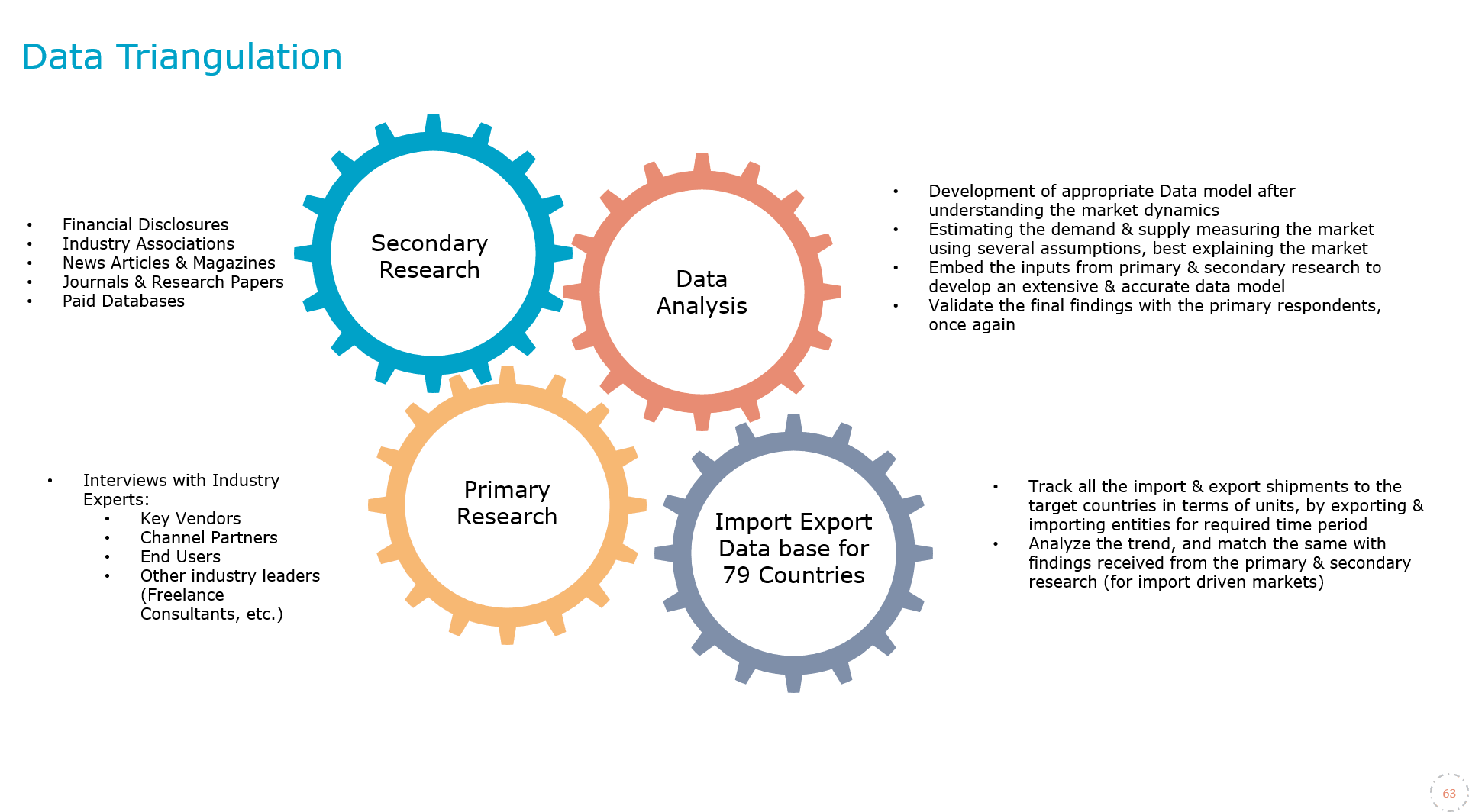
4. Data Forecast and FinalizationThe final phase involves forecasting future market trends based on the analyzed data. MarkNtel Advisors utilize predictive modeling and time series analysis to anticipate market behaviors. The insights are then compiled into comprehensive reports, featuring visual aids like charts and graphs, and include strategic recommendations to inform client decision-making

